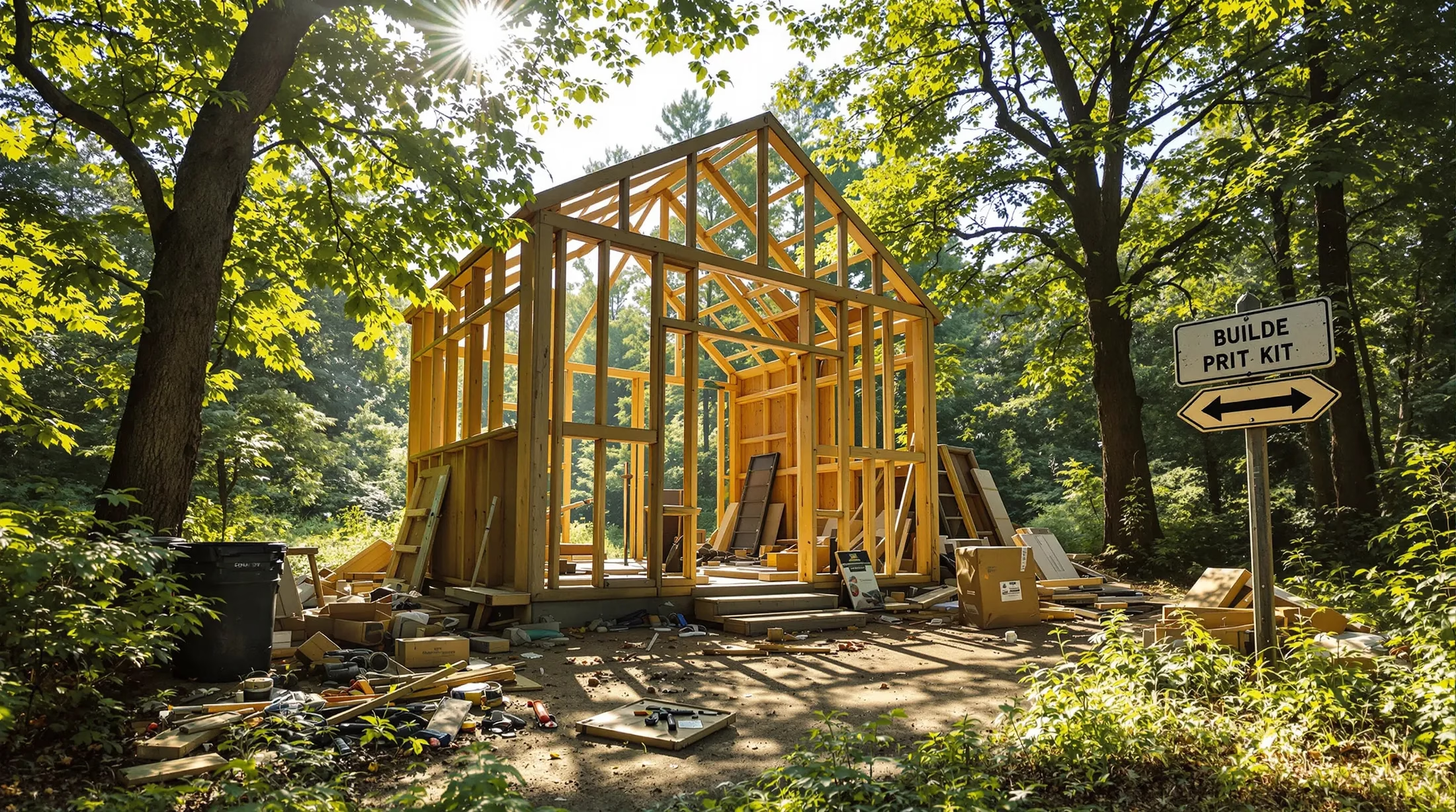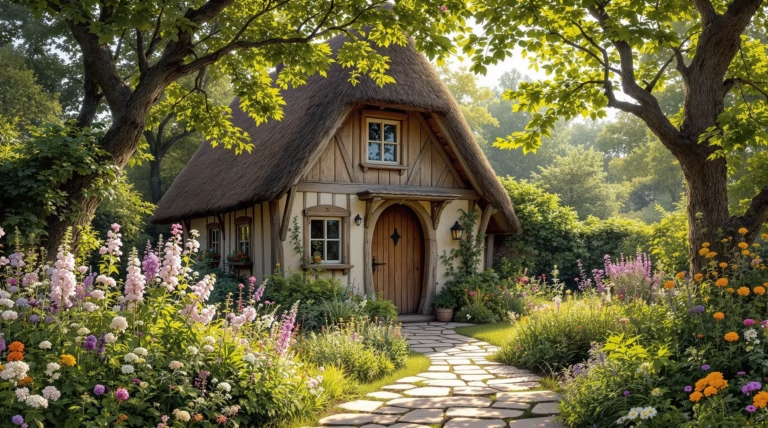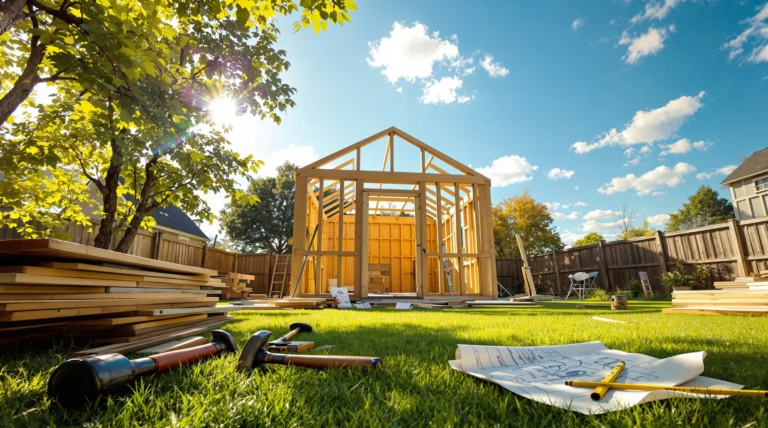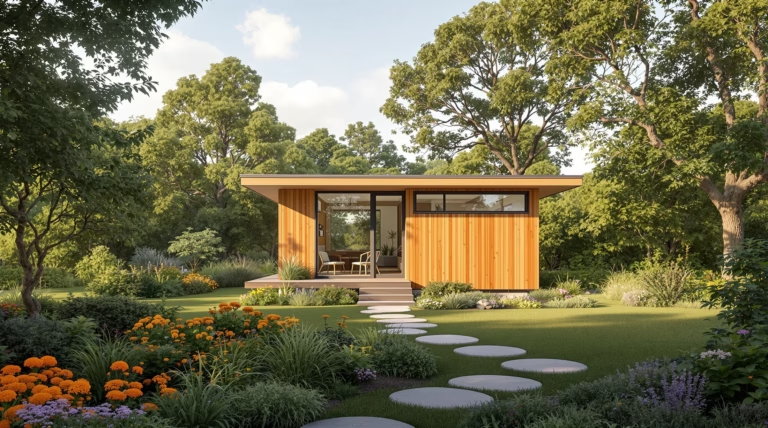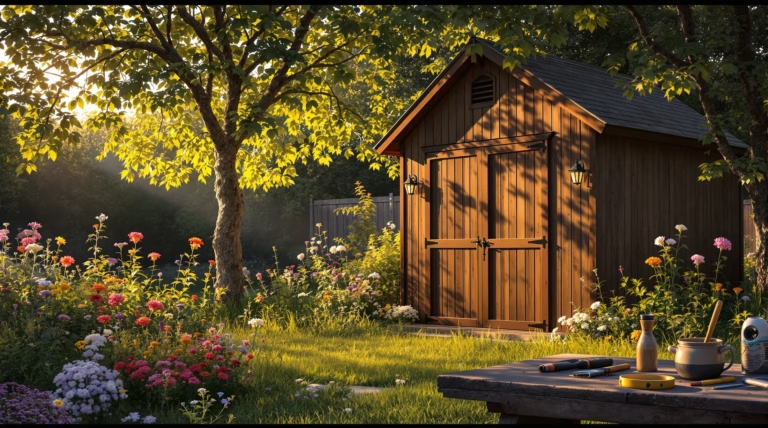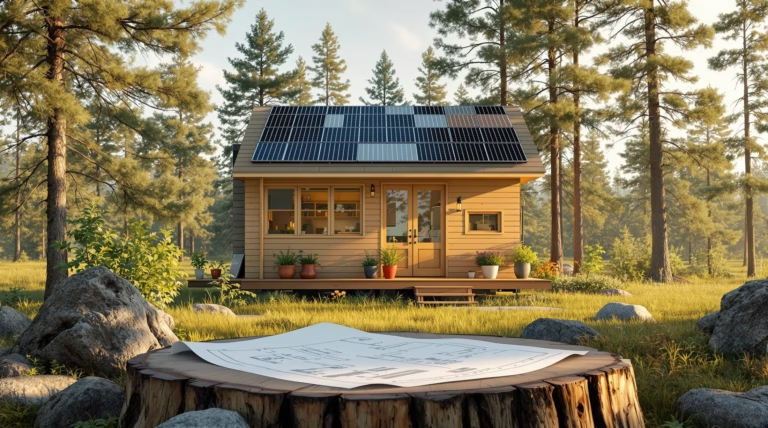Is it Cheaper to Buy or Build a Shed? A Comprehensive Guide
Making the decision between purchasing a pre-built shed or constructing one yourself requires careful consideration of both immediate and long-term costs. Let’s explore the financial aspects and practical considerations to help you make an informed choice for your property.
Understanding the Costs: Buying vs. Building a Shed
According to experienced shed builder Teresa Dolan, who has built four sheds, purchasing a pre-built shed often proves more economical than building one, particularly given current lumber prices. The true cost comparison involves multiple factors beyond the initial price tag, including materials, design complexity, available tools, and the value of your time.
Initial Cost Comparison
While prefabricated sheds typically have a higher upfront cost, the complete financial picture is more complex. Here’s a basic cost breakdown:
| Shed Type (8×10) | DIY Cost | Pre-built Cost |
|---|---|---|
| Basic Materials | $1,500-$2,000 | $2,500-$3,500 |
Additional DIY expenses often include:
- Tools and equipment
- Hardware and fasteners
- Paint or stain
- Foundation materials
- Windows and ventilation
Long-term Cost Considerations
Pre-built sheds offer several financial advantages over DIY options:
- Manufacturer warranties (1-15 years)
- Professional construction techniques
- Predictable maintenance costs
- Quality assurance standards
Factors Influencing the Decision to Buy or Build
Your choice should align with specific needs, including intended use, customization preferences, and local conditions. Consider whether you’re creating a basic storage space, workshop, or potential office area, as each purpose demands different specifications.
Material Costs and Options
| Material Type | DIY Cost Range | Pre-built Cost Range |
|---|---|---|
| Wood | $1,500-$3,000 | $3,000-$5,000 |
| Metal | $500-$1,500 | $1,000-$3,000 |
| Plastic/Resin | $700-$2,000 | $800-$2,500 |
Time Investment and Skill Level
Building a basic 8×10 shed requires significant time investment:
- Experienced DIYers: 40-80 hours
- Beginners: 80-160 hours
- Professional installation: 1-2 days
For those with limited construction experience or busy schedules, the convenience of professional installation often outweighs potential material cost savings. Consider valuing your time at your regular hourly rate when calculating the true cost of a DIY project.
Permits and Legal Considerations
Navigating permit requirements is a crucial aspect of shed acquisition. Most municipalities require permits for structures exceeding 100-200 square feet, though specific requirements vary by location. Here’s what you need to consider:
- Permit costs range from $50-$500, depending on location and shed size
- Setback requirements dictate minimum distances from property lines
- Homeowners association restrictions may limit materials, colors, and designs
- Building codes and local regulations must be followed
- Multiple inspections may be required during construction
When building a shed yourself, you’re responsible for ensuring compliance with all regulations. Pre-built shed companies often provide permit assistance services and engineer-certified plans to streamline approval processes. Some even include permit costs in their pricing. Before proceeding with either option, verify specific requirements with local authorities, as non-compliance can result in fines or mandatory structure removal.
Exploring Shed Kits as a Middle Ground
Shed kits offer an attractive compromise between DIY and pre-built structures, typically including pre-cut materials and detailed assembly instructions. These kits eliminate much of the measuring and cutting work while maintaining a hands-on building experience. Industry data shows kit prices ranging from $800-$2,500, generally costing less than scratch-built alternatives of similar styles.
Advantages of Shed Kits
- Pre-cut materials save 15-20 hours of labor
- Fixed pricing eliminates unexpected expenses
- Detailed instructions and sometimes video tutorials included
- Minimal specialized tools required
- Ideal for developing basic construction skills
Limitations of Shed Kits
Despite their convenience, shed kits have several notable limitations:
- Limited design flexibility and customization options
- Quality variations between manufacturers
- Assembly may be more complex than advertised
- Difficulty in modifying window positions, door locations, or roof pitches
- Some budget options use thinner materials affecting durability
Purpose and Location: Key Considerations
| Purpose | Recommended Approach |
|---|---|
| Basic Storage | Pre-built often more economical |
| Workshop Space | Custom-built may be worth the investment |
| Living Space | Custom construction recommended for specific requirements |
Your decision should balance cost considerations with practical needs and long-term value. While custom-built sheds offer exact specifications and potentially higher property value, pre-built options provide predictable costs, professional craftsmanship, and warranty coverage. Consider your specific requirements, construction abilities, and time value when making your final choice.
Purpose and Location: Key Considerations
Determining the Purpose of Your Shed
The intended purpose of your shed serves as the foundation for the buy-versus-build decision. For basic storage of garden tools and lawn equipment, pre-manufactured sheds typically offer cost-effective solutions. However, custom building becomes more attractive when you need:
- Specific dimensions or custom shelving
- Specialized electrical configurations
- Unique access points
- Particular ventilation requirements
- Custom insulation solutions
When planning a workspace, home office, or studio space, consider future needs over the next 5-10 years. Building custom allows incorporation of specific features from the start, potentially offering better long-term value than retrofitting a pre-built structure.
Impact of Location on Your Decision
| Factor | Consideration |
|---|---|
| Climate Conditions | Heavy snow requires stronger roofing; humidity needs moisture resistance |
| Site Accessibility | Affects delivery costs and material transport |
| Ground Preparation | May require leveling, obstacle removal, foundation work |
| Local Regulations | Building codes, HOA rules, permit requirements |
Tools and Equipment Needed for Building a Shed
Proper tools significantly impact construction quality and project duration. The initial tool investment, often overlooked in cost calculations, can represent 15-25% of your total project budget. According to Teresa Dolan’s experience with four shed builds, total costs frequently exceed initial estimates when factoring in specialized equipment.
Essential Tools for Shed Construction
- Basic Power Tools – circular saw, drill, framing nailer
- Support Equipment – sawhorses, sturdy ladder, air compressor
- Precision Tools – tape measure, framing square, level
- Foundation Tools – shovels, wheelbarrow, concrete mixing equipment
- Roofing Equipment – roofing nailer, specialized cutting tools
Safety Considerations When Building a Shed
- Personal Protective Equipment ($100-200 total):
- Safety glasses
- Work gloves
- Hearing protection
- Fall protection harnesses for steep roofs
- Safety-Enhancing Tools:
- Professional-grade ladder
- Proper-height sawhorses
- Outdoor-rated extension cords
- Ground fault circuit interrupters (GFCIs)

